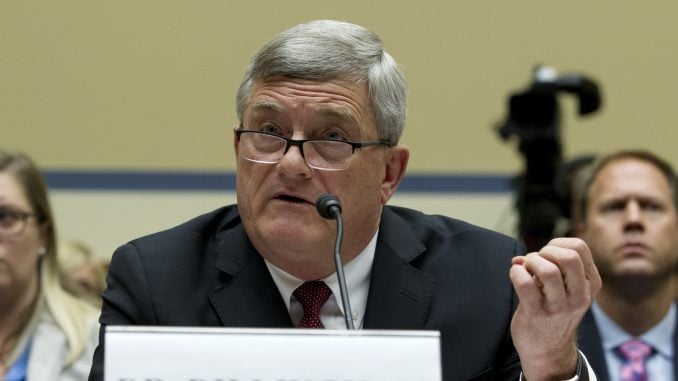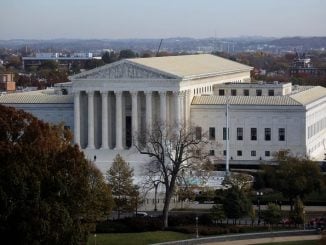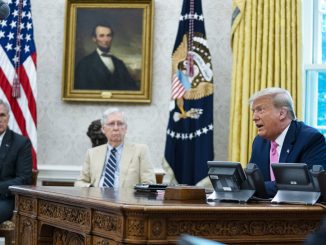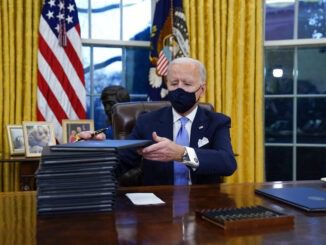
ORLANDO, FL — Starting this month, an army of 40,000 U.S. Census Bureau workers equipped with laptops will fan out to neighborhoods around the country to verify and update addresses in preparation for the largest head count in United States history next spring.
The verification of addresses is the most labor-intensive component of the bureau’s preparations this year for the 2020 count. The workers known as “listers” will cover about a third of the nation’s physical area. The Census Bureau conducts a count of every U.S. resident every 10 years.
“We’re moving later this month into the full-fledged national canvassing effort,” Steven Dillingham, director of the U.S. Census Bureau, said Monday at a news conference in Washington that was livestreamed.
The start of the address verifying comes a month after President Donald Trump announced his administration would no longer seek to add a citizenship question to the 2020 Census questionnaire. Civil rights groups argue that the legal fight over the question will cause immigrants and others to hesitate filling out their census forms. The census results are used to distribute federal funds and decide how many U.S. representatives each state gets.
The method used by census workers is changing this year: In years past, listers walked every block of every street in the nation to make sure the physical addresses matched what was on their lists. For this year’s head count, workers are verifying around two-thirds of the addresses from their office computers.
Using aerial imagery, workers are looking for blocks where there has been significant growth or decline, where there are multiple instances of an address or when an address is missing. They will then send listers to those blocks to double check for accuracy or get updated information.
Census officials estimate the new method will save time and money. It reduces the workload of employees in the field by about two-thirds and requires less than a third of the listers who were used in the 2010 count, according to the bureau.
The agency’s Office of Inspector General, though, recently questioned the accuracy of the new method.
In a test run last year in Rhode Island, in-office results that showed a block didn’t need a physical check by a lister failed to match what was actually in the field for more than 60% of the blocks tested, according to an Inspector General’s report from last February.
“This indicates that in-office address canvassing is yielding incorrect results or, at the very least, results that are inconsistent with in-field address canvassing,” the report said. “Although the bureau aims to reduce the number of housing units that require in-field verification, address data quality will be sacrificed if in-office address canvassing is not yielding accurate results.”
The Census Bureau strongly disagreed with the Inspector General’s methodology for calculating the error rate for the in-office results, saying it had overstated the errors.



